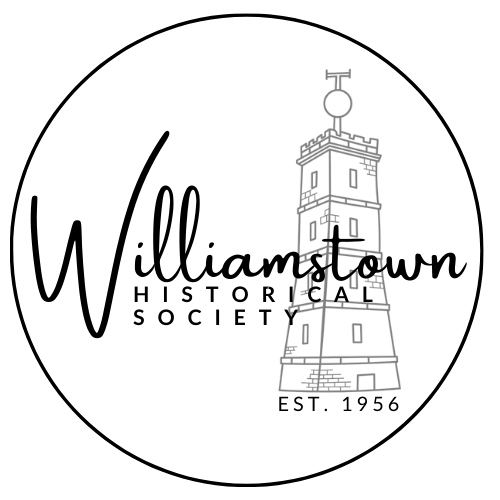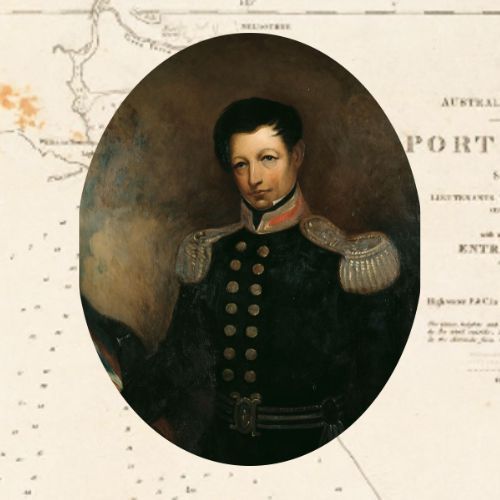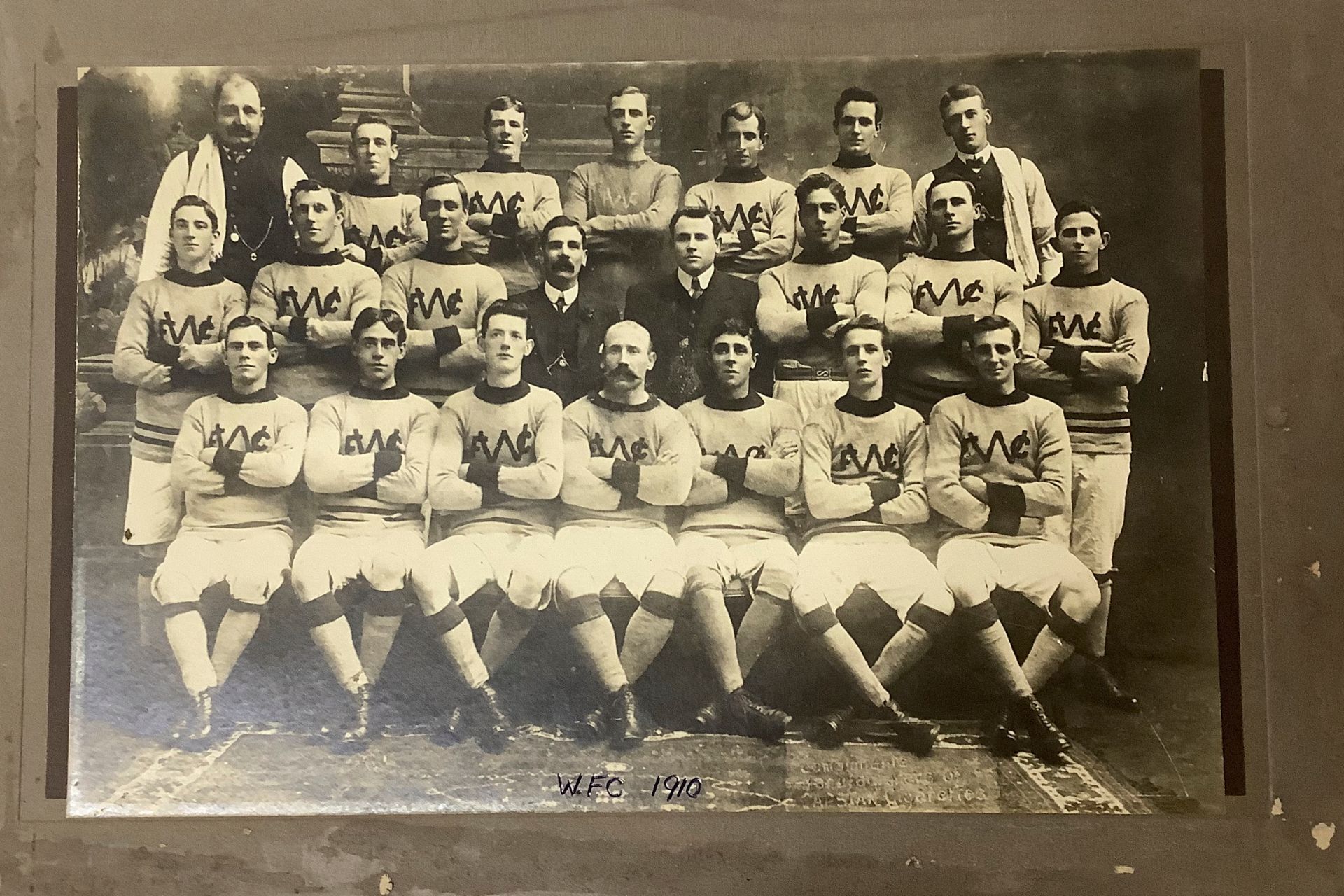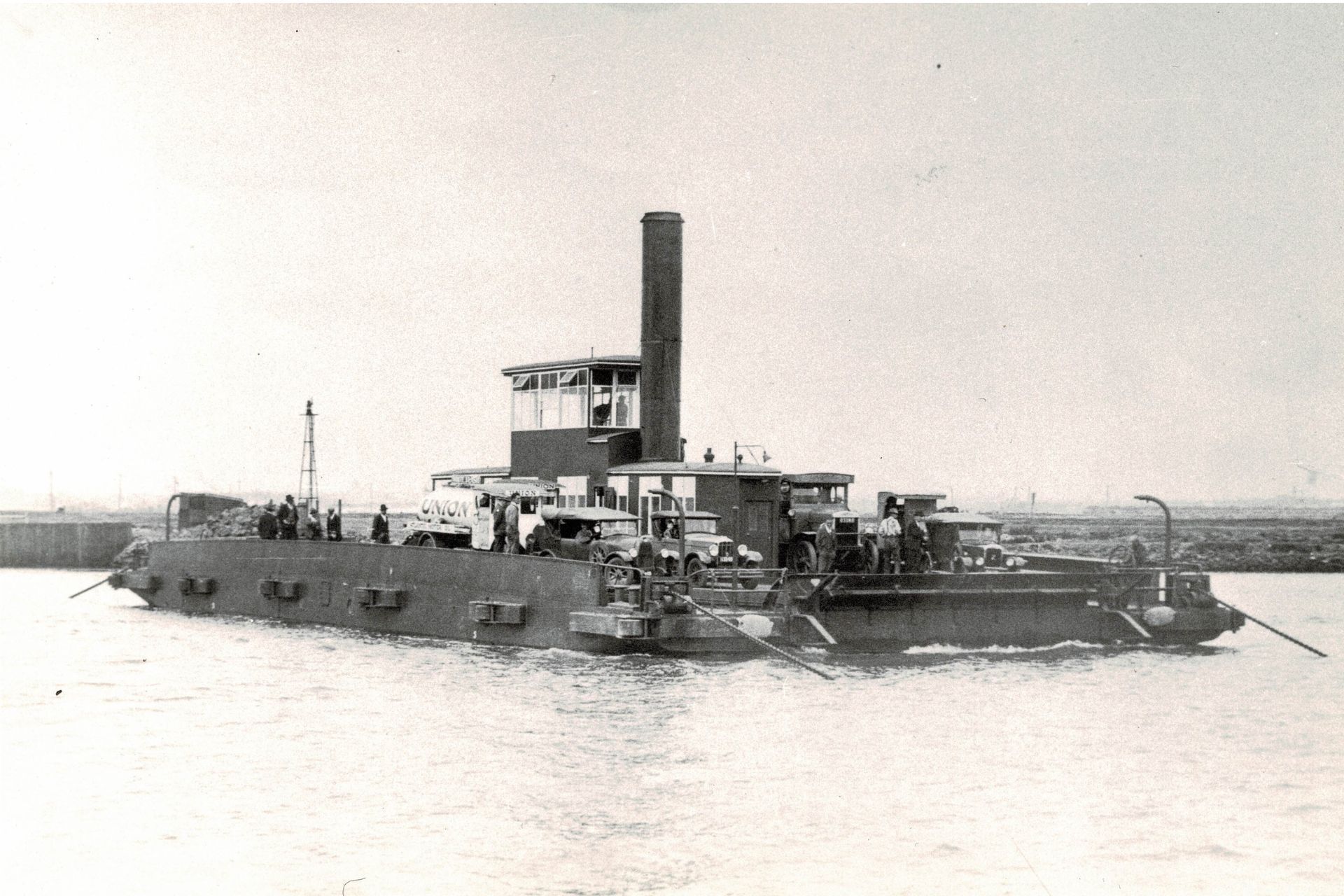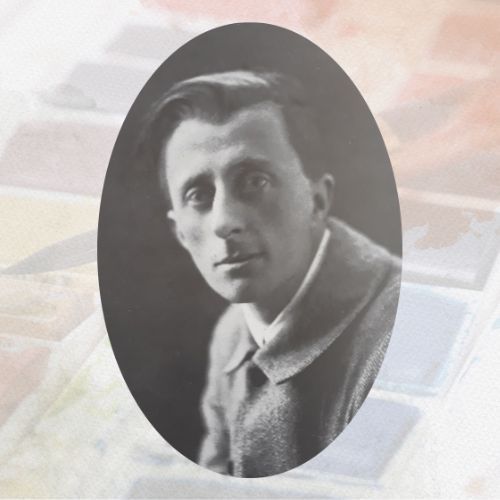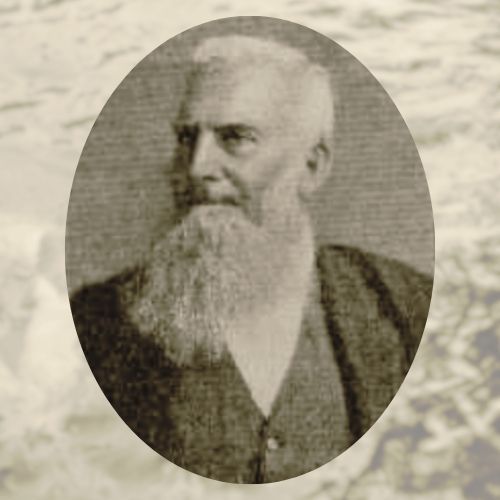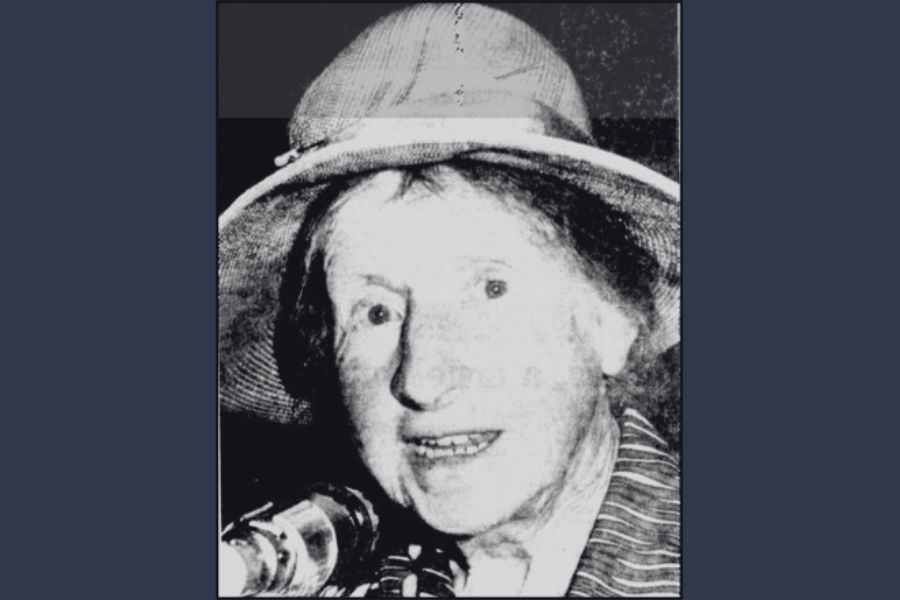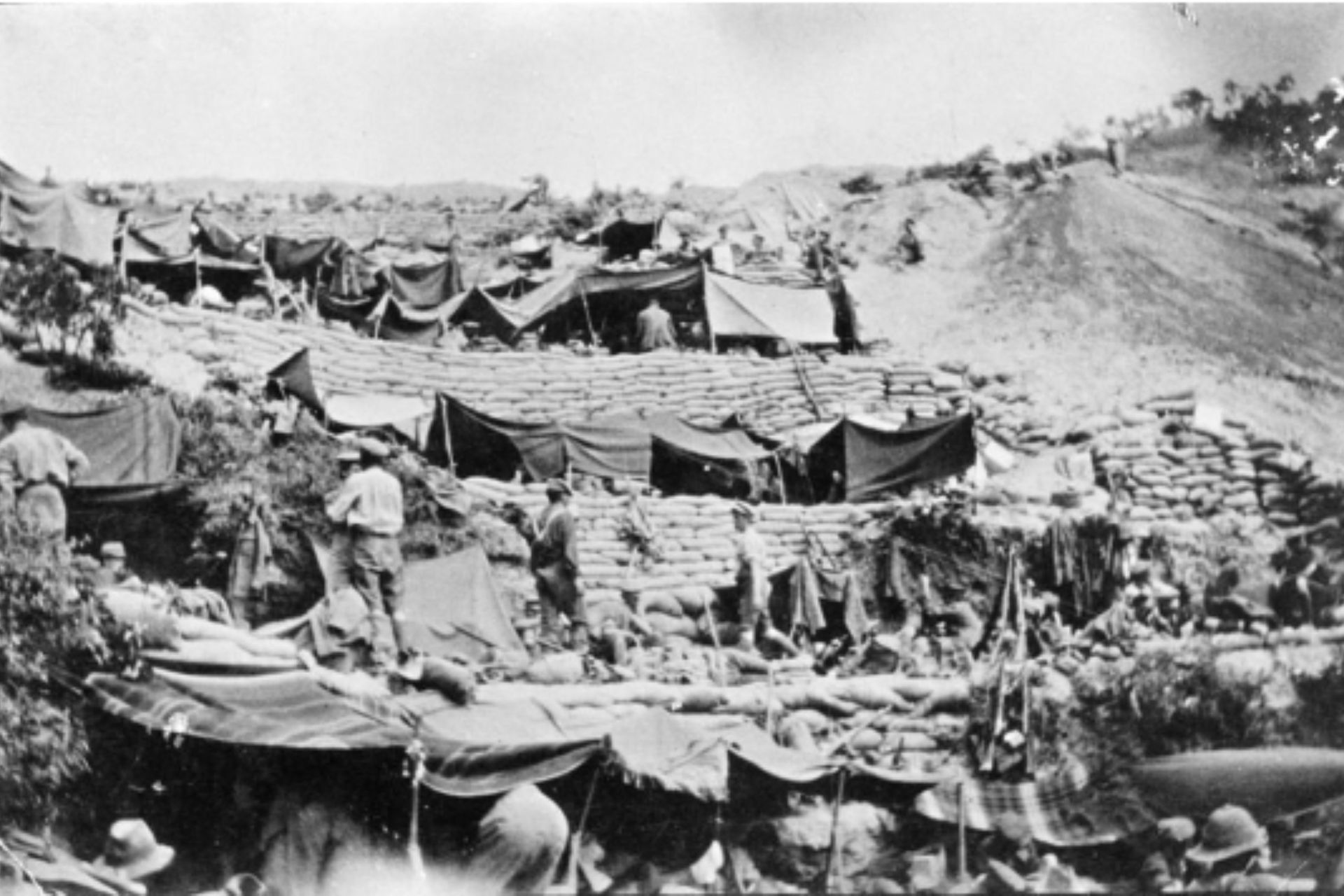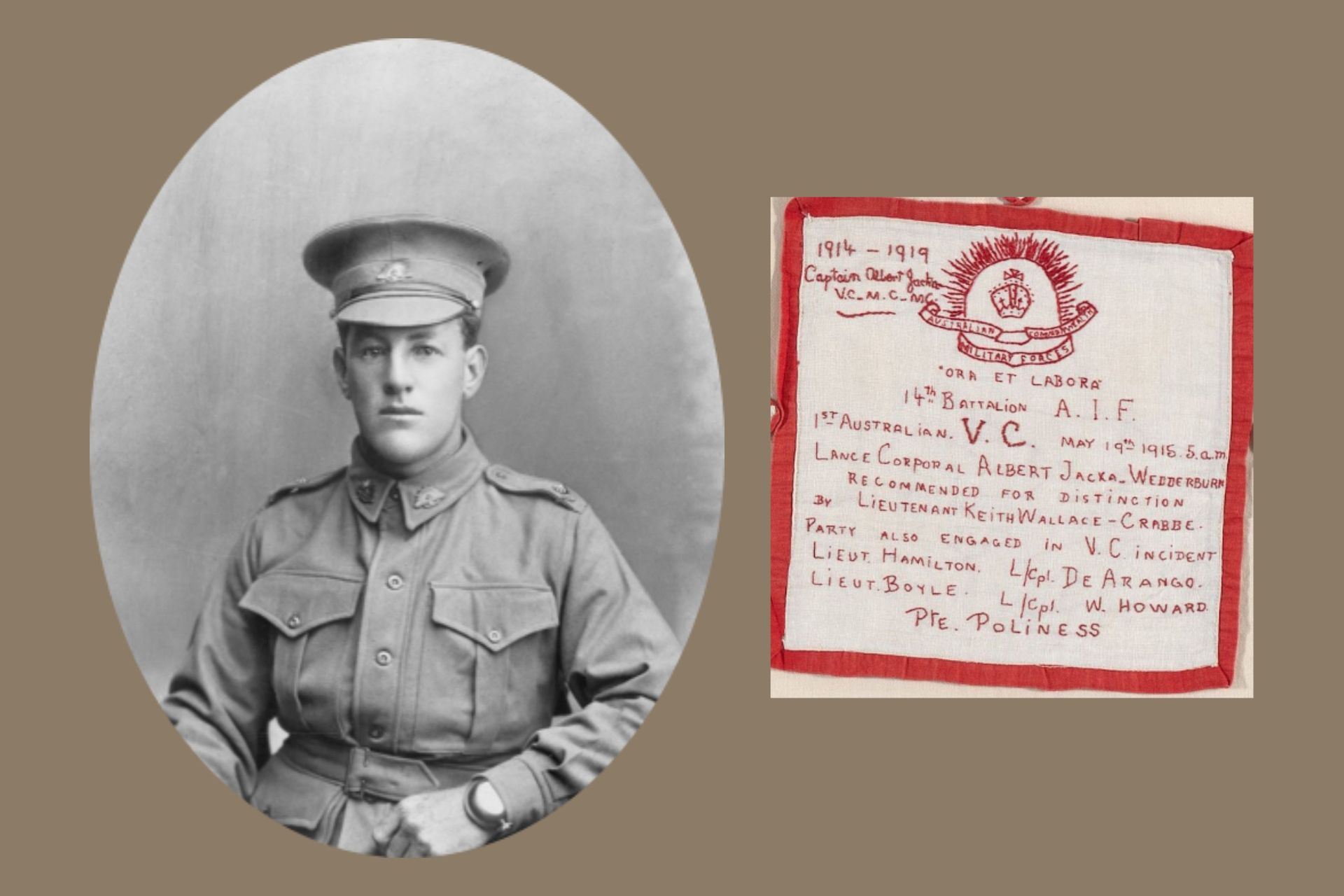Warning of Enemy Attack
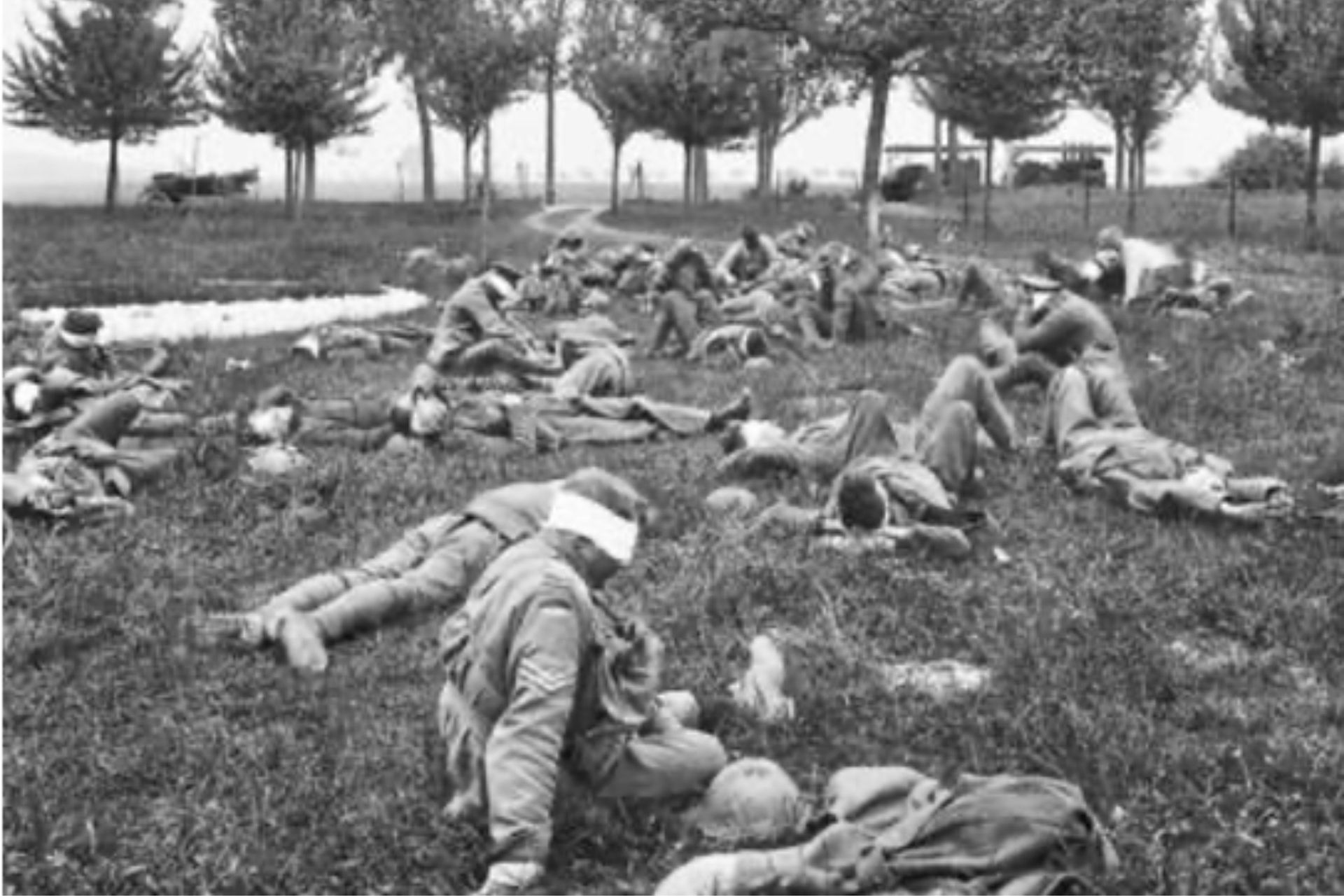
World War I Gas Rattle
This World War I Gas Rattle is a lightweight portable wooden ratchet device that was used during trench warfare during the First World War by soldiers of the British Imperial Forces. The rattle makes a loud distinctive clacking noise when turned rapidly. This distinct sound alerted soldiers in the trenches to a poison or chemical weapons attack so they could quickly put on their protective gas masks or hoods.
Poisonous Chlorine gas was first used by the Germans in Ypres in 1915 to break a stalemate in trench warfare. Later both sides used deadly gases (Chlorine, Mustard and Phosgene) as weapons, packing cylinders filled with the gas into artillery shells to detonate near targets. These simple rattles proved a reasonably effective warning system, no doubt saving countless lives.
Many of the servicemen featured our quilt suffered gas poisoning during their WWI service.
One of these was a 22-year-old medical practitioner, Melrose Holtom Mailer, who enlisted on 25 October, 1915. He was with the 11th Field Ambulance, attached to the 33rd Battalion and enlisted with the rank of Captain. He left Melbourne on board HMAT Wandilla on the 6 June, 1916.
After spending some time in England, he proceeded to France on 24 November, 1916 with the 3rd Pioneer Battalion.
He was awarded the Military Cross “For conspicuous gallantry and devotions to duty” which was gazetted on 18 January, 1918.
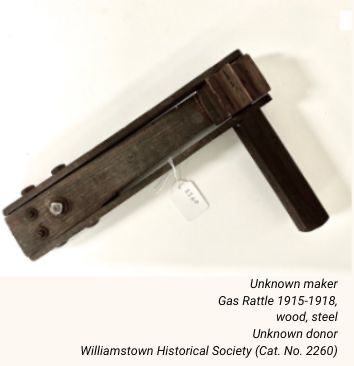
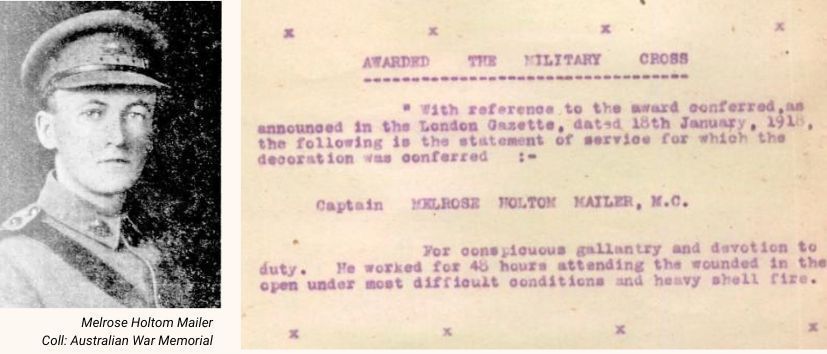
His commendation read:
“From the night of the 11/12th till the 13/14th October 1917 near PASSCHENDAELE, he distinguished himself by his conspicuous courage and devotion to duty. The R.A.P. was on the railway line which was continually under heavy shell fire. Regardless of all personal danger this Officer attended the wounded in the open. He worked for 48 hours under the most trying conditions. He was always cheerful and patient and he displayed most sympathetic and keen interest in the welfare of the wounded. He undoubtedly saved the lives of many men. His organisation of the stretcher bearers was very efficient. By his own gallant conduct and untiring efforts, he set his stretcher bearers a splendid example.”
After receiving his MC, he was promoted to the rank of Major on 1 July, 1918.
He, along with many other servicemen, regardless of rank, was reported wounded by gas poisoning on 20 April, 1918, spending nearly two months away from his posting.
He returned to Melbourne on board the HS Kanowna arriving on 5 September, 1919 and was officially discharged on 16 December, 1919.
He served briefly in World War Two and died at Elwood in 1967 aged 73.
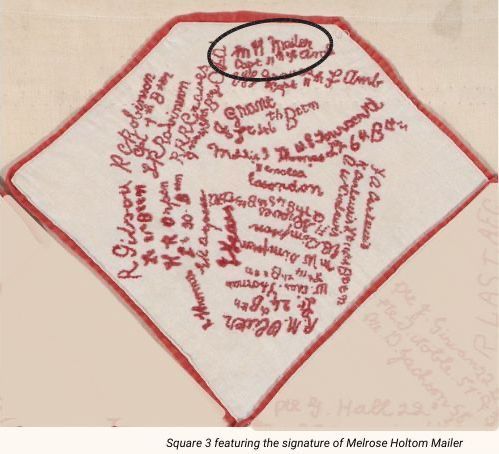
References:
Header image: Gassed Australian soldiers awaiting treatment, Boise de L'Abbe 1918, Coll: Australian War Memorial
